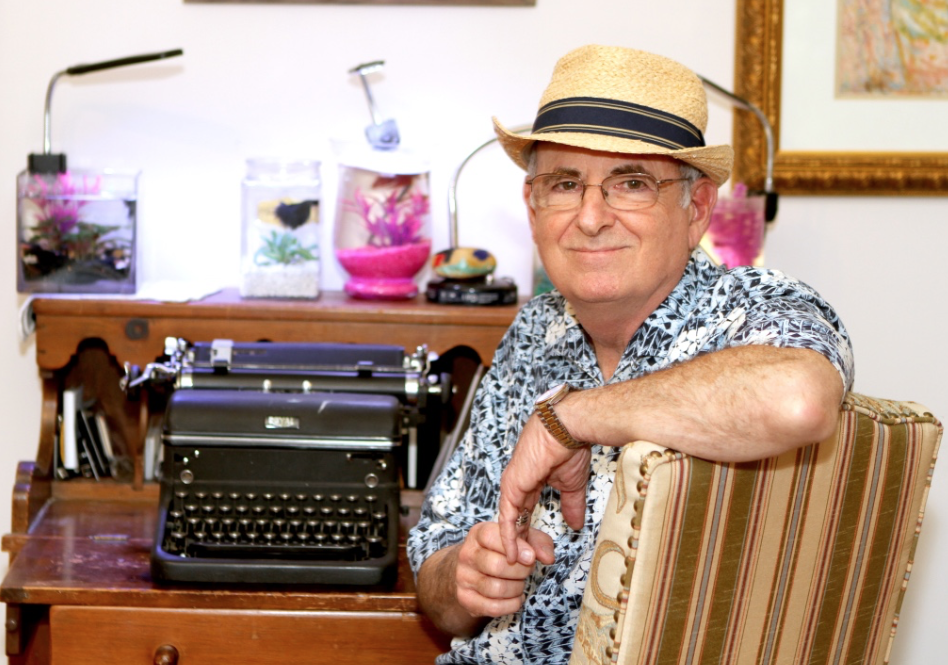May’s birthday boy

“A hard act to follow.” The reality of that phrase for John Junior Roseboro is why he is May’s Birthday boy. Can you imagine being a young catcher behind Roy Campanella? Can you imagine your grooming years cut short when Campanella is paralyzed in an auto accident, and you become the Brooklyn Dodger’s starting catcher? And finally, can you imagine having to do more than live up to that legend in your career and get out of the shadow it cast for many Dodgers fans? Even though “Rosie” was a “Bum” for half a season, he still requires recognition.
Roseboro, born in Ashland, Ohio, was picked up by the Dodgers in 1952. He could hit, and unlike most catchers, he could also run, stealing a high of 11 bases in one season.
But what is needed most in a catcher is a baseball mind. A catcher has to know the nuances on the field. He needs to know the obvious and not-so-obvious things about every batter. Then he has to call the game around what he knew and how it was playing out on the field.